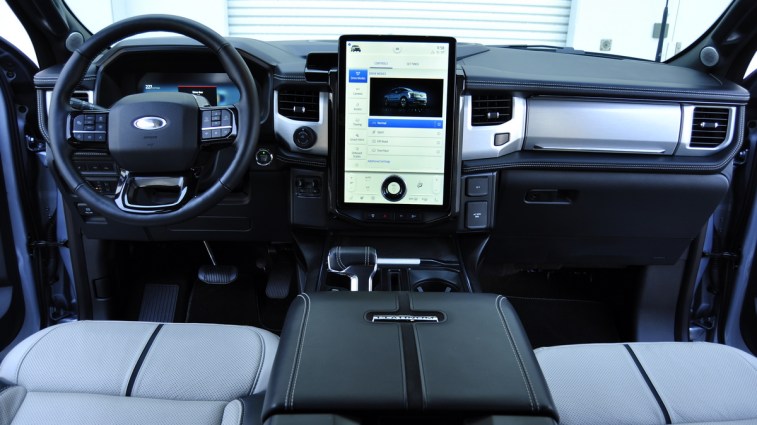
CEO Jim Farley says the decision came after discussing the issue with “policy leaders” who had raised concerns about drivers losing access to the federal government’s emergency alert system. The Federal Emergency Management Agency’s National Public Warning System uses the AM band to communicate in a crisis because of its nationwide reach.
After speaking with policy leaders about the importance of AM broadcast radio as a part of the emergency alert system, we've decided to include it on all 2024 @Ford & @LincolnMotorCo vehicles. For any owners of Ford EVs without AM broadcast capability, we’ll offer a software…
— Jim Farley (@jimfarley98) May 23, 2023
Ford is one of several automakers that have dropped AM radio from some new cars.
Most manufacturers that have removed the radio band say they did so because the electric motors found in electric vehicles (EVs) and hybrids can interfere with AM signals, sticking listeners with staticky, low-quality sound.
But Ford had also removed AM radio from some cars that don’t use electric motors, including the upcoming 2024 Mustang. Other automakers have found ways around the problem.
The Hyundai Ioniq 5, Toyota bZ4X, Subaru Solterra, and Chevrolet Bolt EV and EUV all come with an AM receiver as standard equipment. Those cars use cable shielding or careful placement of wires to get around the problem of electromagnetic interference.
Farley’s announcement says Ford will add AM functionality to already-sold cars that lack it. That may hint at another solution. Ford isn’t installing AM receivers in cars built without them. So the company may be planning to use digital streaming of AM channels to provide AM radio without the risk of interference.
While Ford has reversed course, BMW and Tesla continue to produce EVs without AM radio access.







